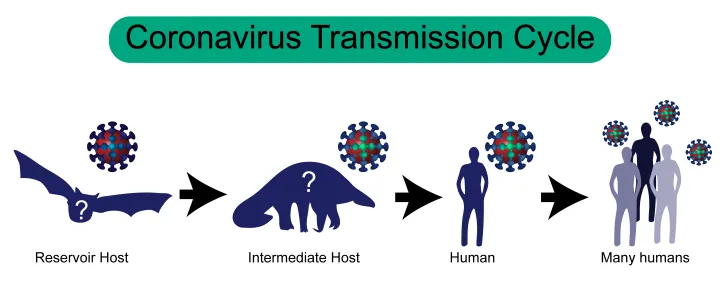 PPP – Pathogen Pandemic Prevention: It is all in the data. A method to finance natural areas conservation as a public health project. To reduce pandemic Zoonosis Risk (pathogens jumping from species to species). See attached 1-page poster.
PPP – Pathogen Pandemic Prevention: It is all in the data. A method to finance natural areas conservation as a public health project. To reduce pandemic Zoonosis Risk (pathogens jumping from species to species). See attached 1-page poster.
Now that we all know what PPE is, it is time for PPP – Pathogen Pandemic Prevention. Could this help? Have a look! Then network the method. See if it can help your business community, farmers, consumers, volunteer groups, health authorities, and local government.
1-page poster (pdf link) + 1-page poster (png image link)
Summary:
In April 2021, I was in conversation with a public health analytics team. We were investigating public health as an adjacent future market for OrbMB’s analytics tools. OrbMB is not a fit to help, but we passed along the EAP accounting method published by waterbucket.ca (called EAP: as contractor, my work was to develop the root systems’ logic to unpack the financing validation problem): https://www.linkedin.com/posts/davehuer_esg2-the-kilmer-creek-eap-report-to-government-activity-6697755256257961984-3E9- The public health team suggests using EAP to reduce Zoonosis Risk.
The EAP method is a way to put a price on the value of public natural areas. To invest in protecting those lands to protect the superior services provided by nature. It is unusually hard for government agencies to allocate cash to do this in a political environment, which has conflicting pressures from taxpayers. Because it is hard to assign a budgetable cost/benefit since public lands are not taxed, so often there is no valuation history. We figured out the EAP method of practical, scalable cost-accounting.
Applications’ examples:
* Financing protection of the urban-rural-wildland fringe (encroaching into wild habitat where pathogen reservoirs reside);
* Protecting the benefits that nature provides (ex, bats are a major pollinator for flowers, fruit, and some vegetables; and consume vast quantities of insects that otherwise would consume human crops);
* Creating market demand for new food products to cut consumption of high-risk wild animals (bats, monkeys, pangolins, etc.).
Notes:
- This is an independent conceptual application of the EAP process.
- Public interest project. Educational public policy comment. Fair dealing image use.
- Zoonosis transmission source image: https://sitn.hms.harvard.edu/flash/2020/covid-19-emerging-viral-diseases-journey-animals-humans/

